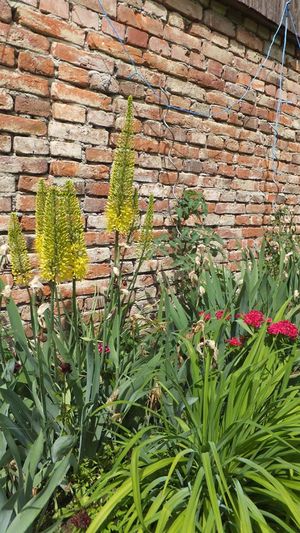Collaborative Design Planting Design Working Group 12
---> back to group page working group 12
Please add the title of your case study here, adjust the map coordinates and replace the moa image with a characteristic image of your site
| Name | Schrebergarten | |
| Location | Ulm | |
| Country | Germany | |
| Authors | add author | |

| ||
|
| ||
Landscape and/or urban context of your case
- Biogeography, cultural features, overall character, history and dynamics
- you can keep this short
- Illustration: Map; sketches; short descriptive analyses
In Germany there are different words existing for allotment garden. People call them "Schrebergarten", "Kleingarten", "Laube", "Familiengarten" or "Parzelle". Allotment gardens are small areas of land which can be rent from the responsible organisation. Especially in big cities in Germany it is difficult to get an allotment garden because the demand is extremly high. Renting a garden itself is not very expensive normally. In general there are many allotment gardens next to each other. To avoid disputes among the garden owners, there are regulations on many things like periods of rest for example which tries to make living side-by-side easier. Allotment gardens give the opportunity to people in cities to grow fruits and vegetables on their own, but they are also important for recreation. Some years ago mainly old people rent a garden like this, but since a few years more young people are interested. Allotment gardens are a place for communication and quite often a little pub etc. can be found there, where the people can meet each other. In Germany there are about 1 million allotment gardens. The biggest area is in Ulm, Baden-Württemberg.
What are the objectives of your design?
Please give a short written argumentation (not more than 150 words). It is ok if you have different or even contradicting objectives within your group. Just make it explicit at the beginning of your process
Analytical drawings
Please add four analytical sketches/drawings (or montages/schemes) of your case. Every group member needs to contribute at least one drawing.
- Analytical Drawings
- Yourfilename1.jpg
analytical drawing 1
- Yourfilename2.jpg
analytical drawing 2
- Yourfilename3.jpg
analytical drawing 3
- Yourfilename4.jpg
analytical drawing 4
Projective drawings
Please add four projective sketches/drawings (or montages/schemes), of course with an emphasis on planting design/vegetation aspects. Every group member needs to contribute at least one drawing representing his/her individual ideas.
- Projective Drawings
- Yourfilename1.jpg
projective drawing 1
- Yourfilename2.jpg
projective drawing 2
- Yourfilename3.jpg
projective drawing 3
- Yourfilename4.jpg
projective drawing 4
Design Synthesis
Please analyse the individual approaches presented so far and evaluate their strengths and weaknesses (you may use the SWOTanalysis model). Try to create a synthesis and represent it with a plan and some sketches. You can still use drawings/sketches.
- Design Synthesis Drawings
- Yourfilename1.jpg
synthesis drawing 1
- Yourfilename2.jpg
synthesis drawing 2
- Yourfilename3.jpg
synthesis drawing 3
- Yourfilename4.jpg
synthesis drawing 4
Summary of the collaborative process
Please reflect on your collaborative design process. Which potentials have you encountered? What was most difficult? What does collaborative design mean for you? (approx 150 words).
Image Gallery
You may add a series of images/photos in addition to the sketches/drawings
- Image Gallery
- Yourfilename1.jpg
image 1
- Yourfilename2.jpg
image 2
- Yourfilename3.jpg
image 3
- Yourfilename4.jpg
image 4
References
* Please make sure that you give proper references of all external resources used.
* Do not use images of which you do not hold the copyright.
* Please add internet links to other resources if necessary.
About categories: You can add more categories with this tag: "", add your categories